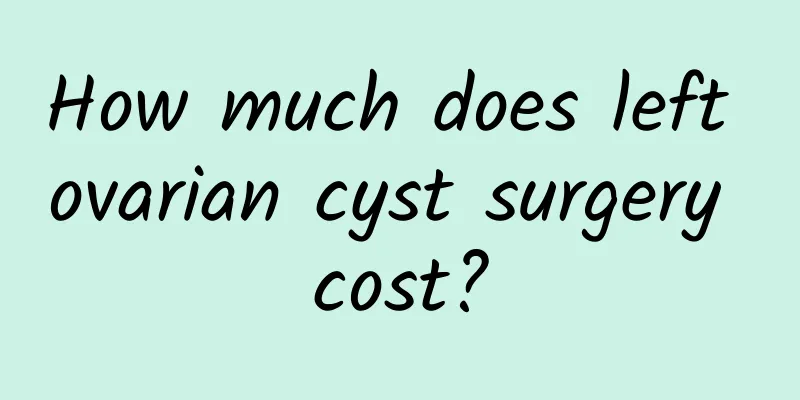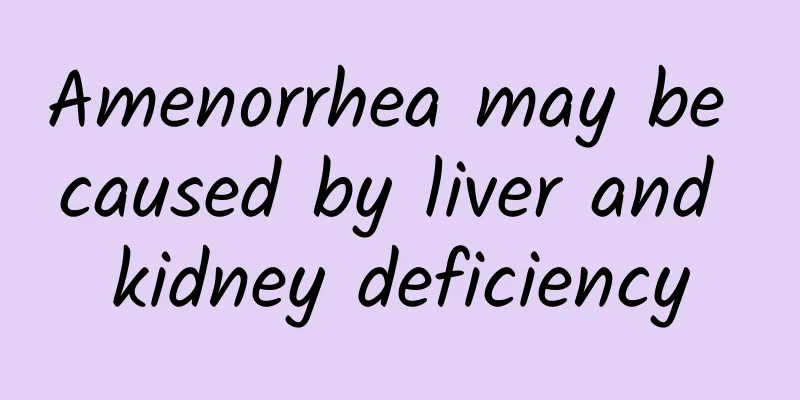What is the recurrence rate of cervical warts?

|
Cervical warts are a sexually transmitted disease, and we should be highly vigilant against cervical warts. So, is the recurrence rate of cervical warts high? Below, dermatologists will tell you whether the recurrence rate of cervical warts is high. The incubation period of cervical condyloma is generally 3 weeks to 8 months. It is more common in sexually active young and middle-aged men and women, with the peak age of onset being 20 to 29 years old. It is an infectious disease that is prone to recurrence. The main reason for the high recurrence rate of the disease is that subclinical infected skin lesions are not treated. Subclinical infection means that the papillomavirus has invaded the epithelial tissue cells, causing tissue changes, but no visible clinical changes have yet appeared, so it is often ignored. In addition, sexual behavior is also an important factor leading to a high recurrence rate. The more sexual partners you have, the higher the chance of recurrence. Smoking and drinking are risk factors for the onset and recurrence of many sexually transmitted diseases. Divorced, separated, widowed, unmarried men, and those with an unharmonious marital life have an increased chance of recurrence due to increased high-risk sexual behavior. Improper choice of contraceptive measures during sexual intercourse also increases the chances of onset and recurrence of this disease. For example, if men sometimes wear condoms and sometimes do not, and women use barrier contraception (condoms, contraceptive membranes, cervical caps) and oral contraceptives, they increase their chances of developing and recurring genital warts. So are cervical warts prone to recurrence? Cervical warts are prone to recurrence, cannot be cured, and cannot be fertile. The "evil consequences" of cervical warts advertised in these small advertisements will make patients feel like they have fallen into a bottomless abyss and bear huge pressure. In fact, cervical warts are not a scourge, and these misunderstandings will aggravate the condition. Generally speaking, recurrence of cervical warts most often occurs within 3 months after treatment. As time goes by, the patient's infectiousness decreases and the possibility of recurrence also decreases. If the patient does not relapse after 6 months of treatment, it is considered clinically cured. If there is no recurrence after one year of treatment, then the possibility of recurrence in the future is extremely small, and the possibility of infection is also extremely small. Therefore, the third month after treatment is a "hurdle". During this period, patients should go to the hospital at any time to check their condition, use medications reasonably, and do not change medications blindly. The second thing to consider when treating cervical warts is the choice of treatment methods. When choosing a treatment method for cervical warts, you should pay attention to some treatment methods that only treat the symptoms but not the root cause. You should also consider the impact on your body and whether the treatment method has side effects. Therefore, it is also important to choose the right treatment method for cervical warts. |
<<: How often do cervical warts recur?
>>: How long is the recurrence period of cervical warts?
Recommend
What fruits are good for uterine fibroids?
To avoid exacerbating the symptoms of uterine fib...
Causes of Polycystic Ovarian Disease
Polycystic ovary syndrome is a common syndrome in...
Why do women's private parts have "spasms"? Don't panic, understand these 5 common problems first
In the clinic, I met a girl named Xiaomei. She sh...
How to prevent cervicitis
Cervicitis refers to an inflammatory disease of t...
Secrets revealed: Traditional Chinese medicine treatment for acute pelvic inflammatory disease
With the continuous improvement of medical level,...
How to use medicine for endometrial tuberculosis
When endometrial tuberculosis occurs, it will ser...
What to do if bleeding occurs after cervical erosion surgery? Take medication
Generally speaking, patients with cervical erosio...
What causes irregular menstruation in women?
There are many types of irregular menstruation in...
Do pregnant women have to take a lot of supplements? 6 nutritional principles for early pregnancy, 3 dietary taboos to pay attention to
During the pregnancy process, the pregnant mother...
What is cervical warts?
What is cervical condyloma acuminatum? We know th...
Why does menstruation turn black? It may be caused by these 4 reasons
Women have menstruation every month, and the colo...
How to prevent cervical hypertrophy and erosion cysts
Developing good living habits and regular physica...
You need to look at the prevention methods of abortion syndrome
Abortion syndrome is one of the common hazards of...
Lose weight this way! Nutritionist helps you understand calories
Coach Mackerel and nutritionist Kim Eun-mi tell y...
What causes irregular menstruation?
There are many reasons for irregular menstruation...









